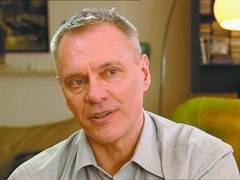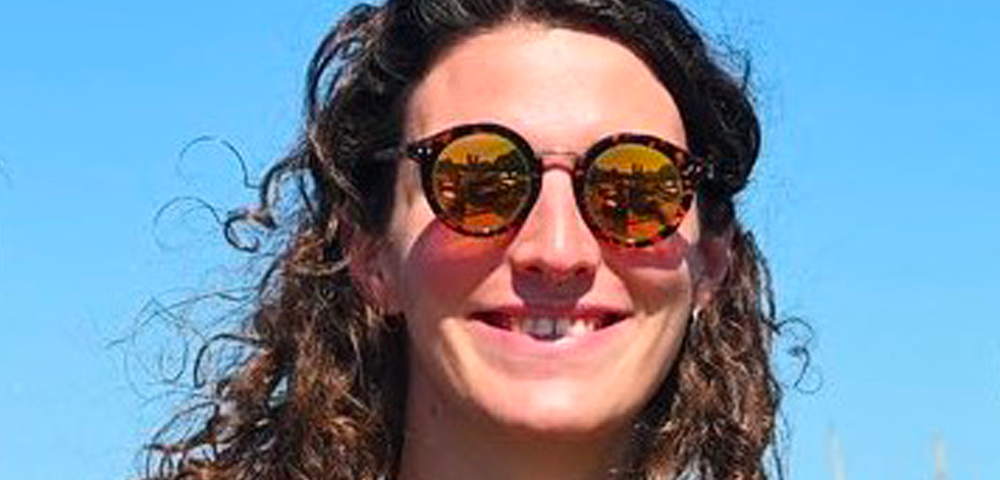
Experts declare the end of AIDS

IN what is sure to be an historic moment in Australian health care history, workers in the HIV/AIDs sector have declared the end of AIDS nationally.
HIV is the precursor to AIDS and in the early days of the epidemic in the 1980s, many people – especially gay men – died from the virus.
Improvements in treatment, harm reduction strategies and increased testing have seen the numbers of people progressing to AIDS to almost non-existent in Australia.
HIV workers are describing the declaration of the end of AIDS in Australia as the perfect moment in history to end HIV altogether in a “turbo charged response”.
The announcement made by a group of Australia’s top HIV/AIDS epidemiologists, scientists and community sector representatives marks the culmination of a thirty-three year response, spanning science, medicine and community outreach and activism.
Bill Bowtell AO, executive director of Pacific Friends of the Global Fund, remembers the beginning of the epidemic 30 years ago.
“I remember what it was like with my friends who acquired HIV in 1986 and were unlucky enough to die,” he told Star Observer.
“For someone now in 2016 from 1986, it couldn’t be more different. I know people who have become HIV positive this year, their outlook couldn’t be more different.
“I never thought it would be in my time that it would come out to where it is today.”
However, those in the sector are clear there is still a battle facing the Australian community to reach the goal of no new HIV infections by 2020.
Professor Andrew Grulich, head of the HIV Epidemiology and Prevention Program at the Kirby Institute, said Australia has made tremendous progress both in treating and preventing HIV and preventing it from progressing to AIDS.
“While we continue to see a number of people diagnosed late with HIV, some of whom have AIDS-type symptoms, the AIDS public health threat has morphed into an HIV prevention challenge. We continue to see more than 1000 new HIV diagnoses a year in Australia,” Professor Grulich said.
“In fact, with new prevention tools such as pre-exposure prophylaxis (PrEP) Australia has a real chance of both consolidating our tremendous progress against AIDS and reaching the ambitious goal of virtual elimination of HIV transmission by 2020.”
There are around 1,000 people diagnosed with HIV diagnosed each year in Australia. Within the Asia-Pacific region, 180,000 people died from AIDS-related illness last year. Only 40 per cent of people around the world living with HIV are on treatment.
Bowtell credits the mobilisation of community leaders, volunteers and academics in the 1980s who helped spread the word about prevention methods for people, before effective treatments became available.
He also believes NSW Health, ACON and NSW Health Minister Jillian Skinner have played a vital role in stabilising the numbers of new HIV diagnoses in the state, where a large number of the national diagnoses occur.
Bowtell wants the Federal Government to increase its funding to help people in the region and around the world to access treatment because it “helps to dminish the problem”.
He is reluctant to celebrate the news of AIDS being virtually disappeared from Australia, because of the thousands who died before better treatment became available.
“I remember the people who died and they died before their time,” he said.
“I admire the work of the volunteers and community organisations and academics. This is something we can all be quietly proud of.”










Once again so called experts fail to recognise that there is an Australia that exists outside of Sydney.
Dear Non Sydney Queen, There are many experts involved in these statements with valuable information & benefits for all. Cheer Up!